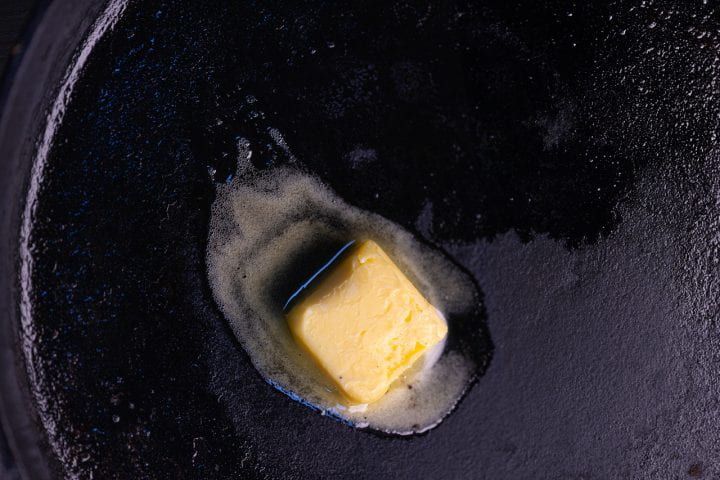A start-up is literally making butter out of thin air. Using a host of biochemical wizardry, the company is developing ways to make fats out of carbon dioxide taken from the air and hydrogen from water, all without the need for animals, plants, or farmland.
The brains behind the initiative are called Savor, a company run under the umbrella of Orca Sciences that has received investment from billionaire Bill Gates.
By cutting farming out of the equation, the aim is to slash the amount of greenhouse emissions produced by agriculture, which accounts for up to 8.5 percent of global emissions.
“The process doesn’t release any greenhouse gases, and it uses no farmland and less than a thousandth of the water that traditional agriculture does,” Gates explained in a blog post about the work.
One of Savor’s latest products is butter, which according to Bill, tastes just like the real deal.
“Most important, it tastes really good – like the real thing, because chemically it is,” Gates added.
“I couldn’t believe I wasn’t eating real butter,” he said.
Fats are simply made out of varying chains of carbon and hydrogen atoms. It’s possible to obtain these chemical building blocks from water and air, and then use biochemical processes to rejig them into fats that are molecularly identical to those found in animals and plants.

A hot pan melting butter that was created using the newly refined chemical processes.
Image credit: Steven Davis / UCI
Along with fashioning fats like the ones in meat, butter, and milk, Savor is also looking to tackle the problem of palm oil, the most widely consumed plant-based fat in the world that has a hefty impact on the natural world.
Together with scientists from the University of California – Irvine, Orca Science published a paper in the journal Nature Sustainability last year explaining their vision of how many dietary fats could be artificially synthesized.
They showed that farm-grown animal fats create around 1 to 3 grams (0.04 to 0.1 ounces) of carbon dioxide per thousand calories, while they can make the same amount of lab-grown fats with less than a gram of equivalent emissions.
“Large-scale synthesis of edible molecules through chemical and biological means without agricultural feedstocks is a very real possibility. Such ‘food without the farm’ could avoid enormous quantities of climate-warming emissions while also safeguarding biodiverse lands that might otherwise be cleared for farms,” Steven Davis, lead study author and professor of Earth system science at UC Irvine, said in a statement.
“I like the idea of not depending on photosynthesis for everything we eat,” Davis added. “At whatever scale, synthesizing food will alleviate competition between natural ecosystems and agriculture, thereby avoiding the many environmental costs of farming.”
One of the biggest challenges is making the process cost-effective, thereby lowering its potential price and making it more attractive to consumers. However, the researchers have said that scaling up the manufacturing shouldn’t be too much of a problem in theory.
“The beauty of the fats is that you can synthesize them with processes that don’t involve biology. It’s all chemistry, and because of that, you can operate at higher pressures and temperatures that allow excellent efficiency. You could therefore build big reactors to do this at large scales,” said Professor Davis.
Source Link: Lab-Made Butter Created From CO2 Tastes Like The Real Thing, Says Bill Gates